Update (March 9, 2022):
Pakistan’s Markhor Population Has Doubled in Three Decades
After markhor was declared as an endangered animal by the International Union for Conservation of Nature (IUCN), the concerned authorities in the northwestern regions worked hard to protect its habitat from harmful human activities. Markhor is a very unique and rare wild goat species, which is also one of the national symbols of Pakistan.
Owing to these committed wildlife conservation efforts, the population of markhor in Pakistan has more than doubled in the last three decades, which is a key indicator of the fact that the wild goat is thriving in its natural habitats in the country.
The locals of the region are also willing to work with the government to take all possible measures to put an end to the illegal hunting of markhor, which is also very important for sustained population growth.
Update (May 24, 2021): The wildlife department of Balochistan has recently found a pair of Persian leopards, which are among the rarest animal species in the region. They were spotted in the Chiltan Mountain Range, which is located right adjacent to the Hazarganji National Park. It is one of the largest and most famous national parks in Pakistan.
According to the latest news reports, officials of the Balochistan wildlife department started looking for Persian leopards almost six months ago. It was when they came to know about the presence of this rare animal in the area. The natural habitats of the Persian leopard are usually found in Central Asia, Iran, and also in south-western parts of Pakistan including Balochistan and Sindh.
Spotting these animals was a moment of relief for the officials. While giving a statement to a renowned news publication, the Chief Conservator of Wildlife Department Sharifuddin Baloch said that hectic efforts of the wildlife experts to save local animal species from extinction had finally started giving results. He also said that (prior to the conservatory efforts) the Persian leopard was among the endangered animal species that were on the verge of extinction.
The geographical and climatic features of Pakistan are incredibly diverse. The southern parts of the country are dominated by plains and hilly surfaces. On the other hand, the northern areas of Pakistan mostly feature mountainous regions. Since the territorial make-up of a region also affects its flora and fauna, you’ll find a lot of diversity in the wildlife of Pakistan.
Greenery in Pakistan
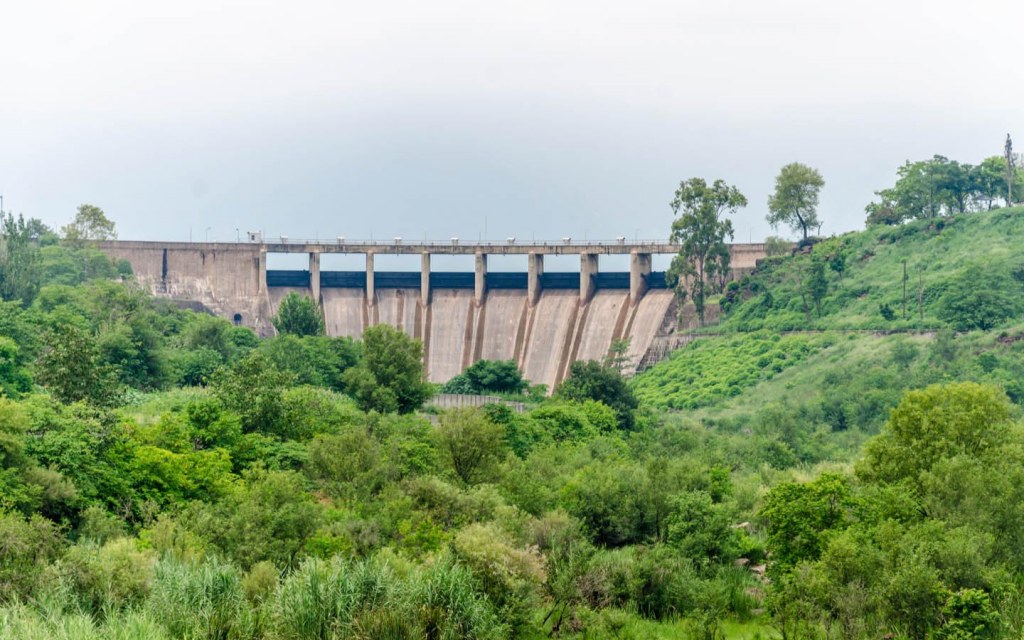
According to Zartaj Gul, the Minister of Climate Change in Pakistan, only 5.01 percent of the total Pakistani land is covered with forest. The statistics are alarming. As a result, Prime Minister of Pakistan Imran Khan has vowed to promote forestry in Pakistan. Climatic conditions and human interference are the two main reasons that affect forests growth in a particular region. The government plans to focus on these two factors while addressing the issue at hand.
Natural Reserves and Sanctuaries Providing Shelter to Wildlife of Pakistan
Despite low forest cover, there are a number of notable natural reserves and wildlife sanctuaries in Pakistan. These places are playing a significant role in protecting animal and plant species mainly in Sindh, Punjab, Balochistan and Khyber Pakhtunkhwa. Here are the names of the natural reserves and wildlife sanctuaries in Pakistan, listed according to provinces.
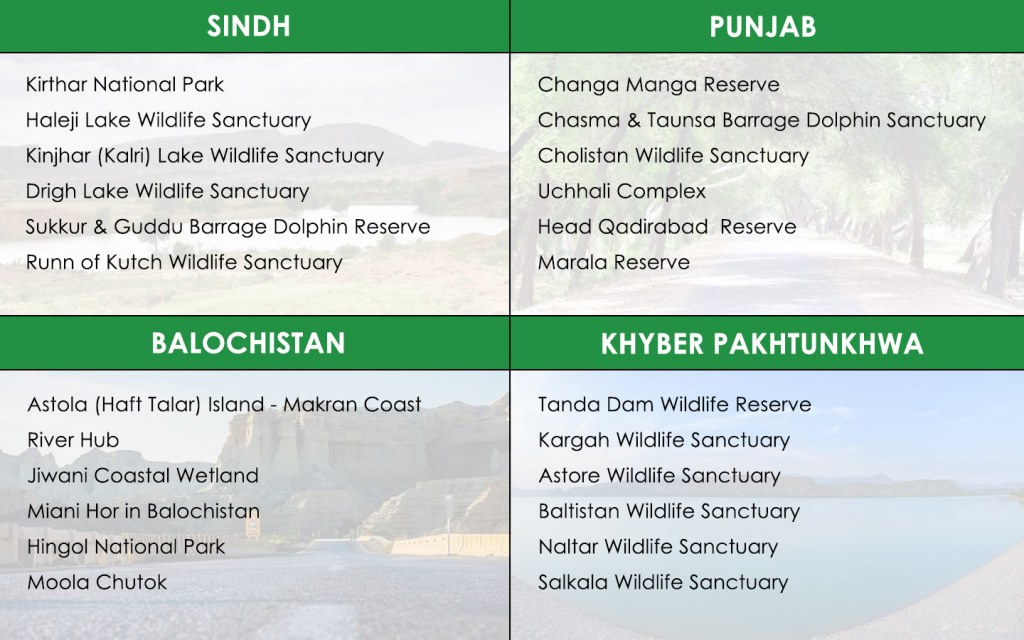
Factors Posing Threat to Wildlife of Pakistan
There are a number of factors adversely affecting the wildlife of Pakistan; however, the increase in human population is, perhaps, the biggest of them all. In addition, human interference in the form of animal trafficking and illegal hunting are also some other major contributors to the problem.
Role of World Wildlife Fund for Nature (WWF) Pakistan

As part of the WWF International Network, WWF Pakistan started out in 1970 as a small organization. Since then it has been making efforts on a local level to preserve the wildlife of Pakistan and its natural reserves.
WWF Pakistan’s head office is located in Lahore. There are regional offices in cities like Karachi, Islamabad, Peshawar Muzaffarabad (AJK), Gilgit and Quetta as well. Along with conservation efforts, WWF Pakistan also provides environment education based on the Global Programme Framework to reduce carbon footprint.
5 Incredible Wild Animals Exclusively Found On Pakistani Soil
The wildlife of Pakistan comprises around 188 species of mammals and at least 666 migratory and resident species of birds; there are 174 species of reptiles, 16 of amphibians and 525 of fish. For this piece, we shall focus on some of the most unique and endangered mammals found on Pakistani soil.
Markhor
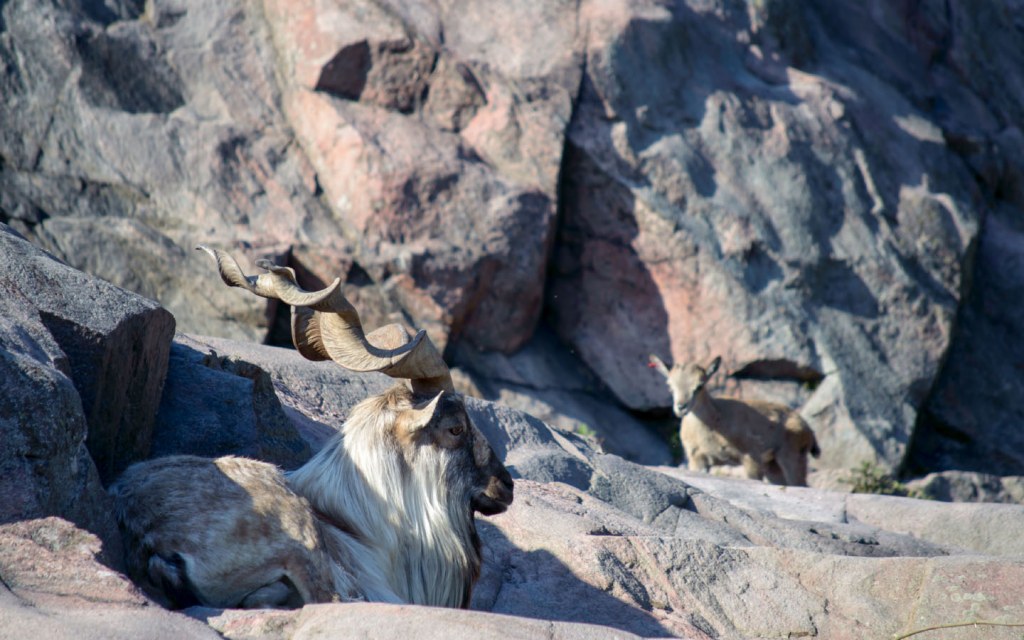
In Pakistan, the markhor is found in mountainous regions. The Karakoram and the Himalayas are mainly its natural habitats. The wild goat, endemic to the region, is also the national animal of Pakistan. According to a report published in one of the leading English dailies, the government data claims that the population of markhor in the country is now between 5000 and 6000 and these numbers are steadily increasing.
Snow Leopard
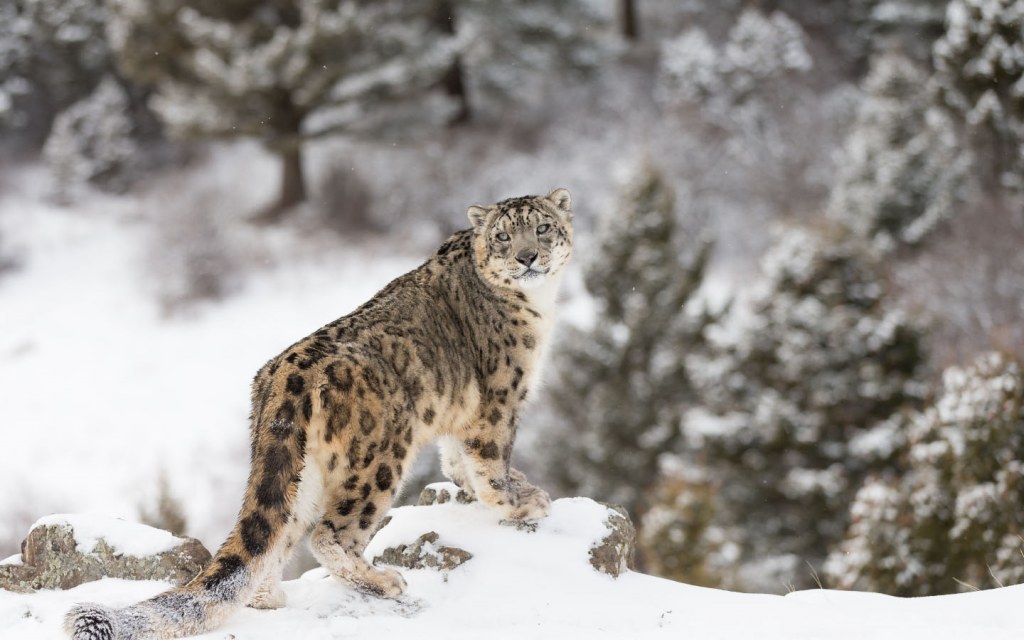
The snow leopard lives in the northern areas of South and Central Asia. Pakistan is also home to this beautiful wild animal. The population of snow leopards is declining at an alarming pace and, currently, there are only 300 to 400 of these large cats left in Pakistan, according to Muhammad Kabir, who is an expert associated with the wildlife department of Haripur University. He also said efforts have been made by the government and non-government organizations for the conservation of snow leopard in Pakistan.
Asiatic Black Bear
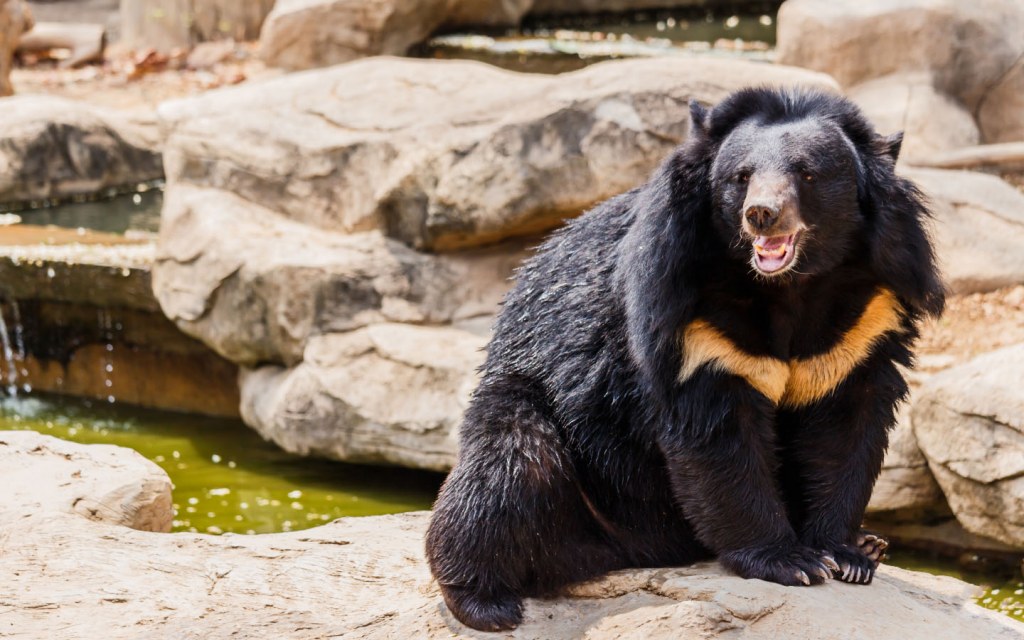
The species of the rare Asiatic black bear is found in Iran and the mountains of Balochistan in Pakistan. The hill ranges of Khuzdar, Toba Kakar, Takht-e-Suleiman, Ziarat and Kalat are the habitats of Asiatic black bear, also known as the Balochistan black bear. With narrow jaws and limited vegetation in their habitats, Asiatic black bears eat pine nuts, acorns and sometimes dead fish. It is one of the most endangered wildlife species as only around a 1000 Asiatic black bears are left in the natural habitats of Pakistan.
Grey Wolf
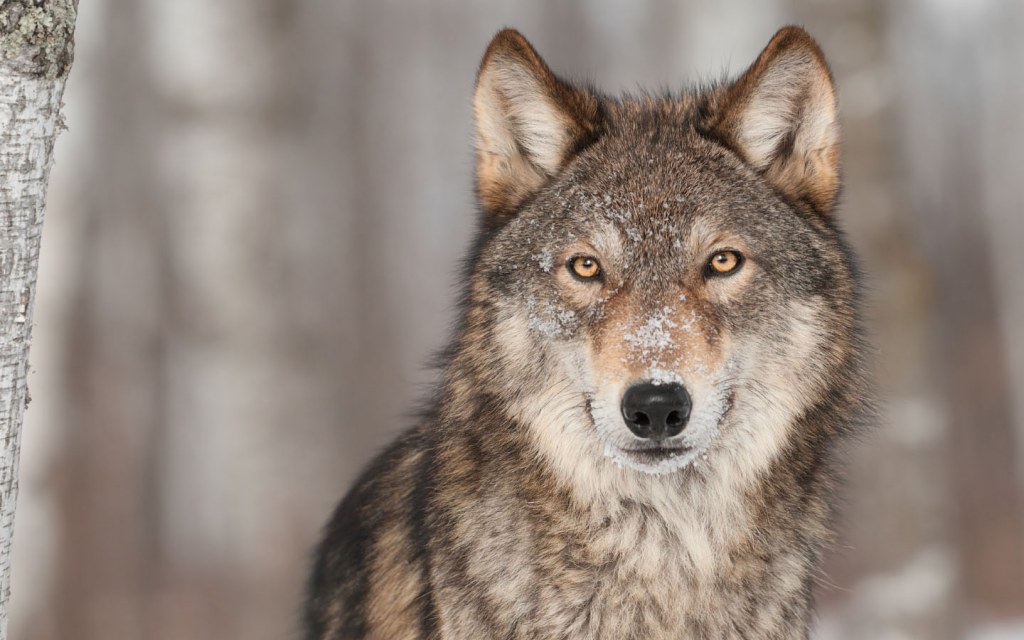
Pakistan has two subspecies of the grey wolf: one is known as the Tibetan wolf and the other subspecies is called the Indian wolf. The Tibetan wolf dwells in the rocky mountains of Gilgit Baltistan, which is one of the most popular tourist attractions in Pakistan. On the other hand, the Indian wolf is found in the desert of Cholistan. Grey wolves usually hunt for livestock such as goats and sheep. These animals also hunt for small rodents like rabbits and squirrels. The number of grey wolves in Pakistan has dramatically declined in the last few decades, owing to illegal hunting and loss of natural habitat.
Himalayan Brown Bear
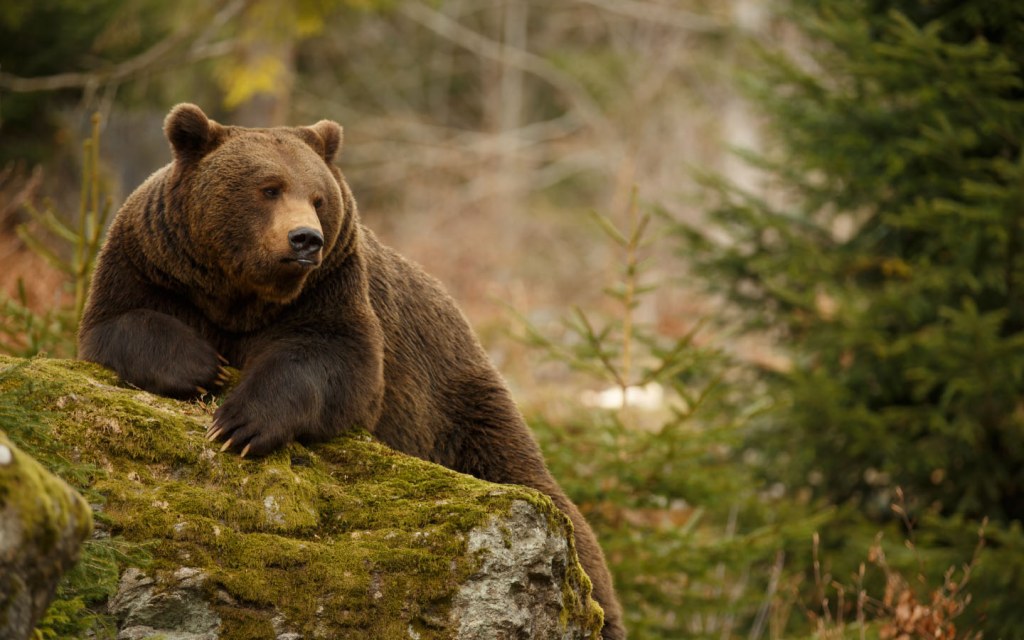
The Himlayan brown bear lives in the mountain ranges of the Himalayas in Pakistan. It is a smaller-bodied subspecies of the brown bear that is also found in the mountainous regions of northern India, Afghanistan, western China and Nepal. These animals are omnivores and can survive on roots, plants, small animals and insects. The Himalayan brown bear is one of the most endangered species in the world with a total population of around 150 to 200 in Pakistan.
Zoological Gardens in Pakistan
Certain zoological gardens are also working towards preserving the wildlife of Pakistan. Each of the four major provinces in Pakistan has its own wildlife department supervised by a minister. Keeping wild animals illegally is a serious crime for which the penalty can be the confiscation of the animal, heavy fine or six months of imprisonment.
There are over a dozen zoos in Pakistan. A majority of them are run by the public sector while some are owned by individuals and private entities. Only in Karachi, there are three zoos, namely, Karachi Zoo, Safari Park and Danzoo in Bahria Town Karachi. Lahore Zoo, on the other hand, is one of the most well-maintained spaces in Pakistan. All of these zoos in Pakistan are home to many local and foreign species of wild animals. People, especially kids, eagerly visit such places to catch an up-close view of the nature and wildlife species.
As a dutiful Pakistani citizen, it is also our responsibility to show our support and care towards nature and wildlife of Pakistan. This is how we can make our homeland naturally beautiful.
*Cover Image and SM Feature Image Credits: Shutterstock



